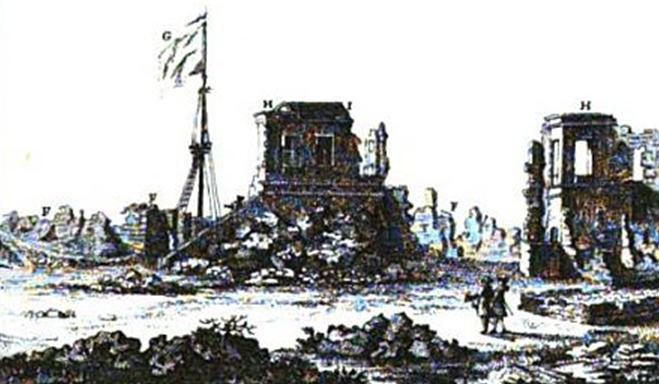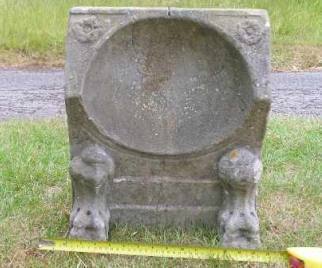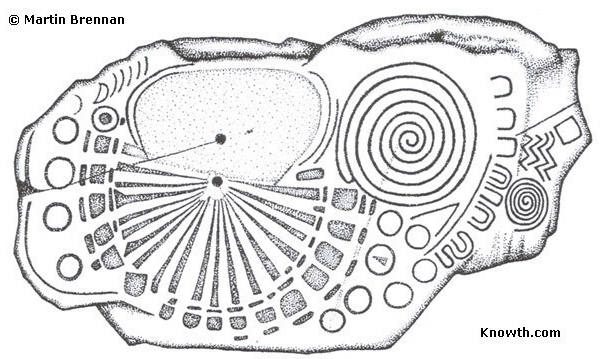If I begin to feel cheated by the clouds obscuring the sun during my trip to see the Winter Solstice on the Equator at Quitsato, Peru. I remind myself of the story of Guillaume Le Gentil.
Guillaume Le Gentil was a French astronomer in the 18th century and part of the international collaborative project to measure the distance to the Sun, by observing the transit of Venus from different points on the earth.
Edmond Halley had suggested the idea, but it required careful measurements from different places on earth, and the project was launched with more than a hundred observers dispatched to different parts of the globe, for observing the transit of 1761.
The French expedition turned out to be particularly unlucky, and perhaps the most unfortunate was Guillaume Le Gentil, who set out for Pondicherry, a French possession in India, from Paris in March 1760, reaching Mauritius (then called Isle de France) in July. However, the Seven Years’ War had broken out between France and Britain in the meantime, hindering further passage east.
He finally managed to gain passage in March 1761 on a frigate that was bound for India’s South East Coast, with the intention of observing the transit from Pondicherry. Even though the transit was only a few months away, on 6th June, he was assured that they would make it in time. However, the ship was blown off-course and spent five weeks at sea.
By the time it finally got close to Pondicherry, the captain learned that the British had occupied the city, so the frigate was obliged to return to Isle de France. The Sky was clear on 6th June but the ship was still at sea, and he could not take astronomical observations with the vessel rolling about.
Having come this far, he thought he might as well await the next transit of Venus, which would be eight years later (they are relatively infrequent, occurring in pairs 8 years apart, but each such pair is separated from the previous and next pairs by more than a century.)
After spending some time mapping the eastern coast of Madagascar, he decided to record the 1769 transit from Manila in the Philippines. But, encountering hostility from the Spanish authorities there, he headed back to Pondicherry, which had been restored to France by peace treaty in 1763, where he arrived in March 1768. He built a small observatory and waited patiently.
At last, the day of transit (4th June 1769) arrived, but although the mornings in the preceding month had all been lovely, on this day the sky became overcast, and Le Gentil saw nothing. The misfortune drove him to the brink of insanity, but at last he recovered enough strength to return to France.
The return trip was first delayed by dysentery, and further when his ship was caught in a storm and dropped him off at Île Bourbon (Réunion), where he had to wait until a Spanish ship took him home. He finally arrived in Paris in October 1771, having been away for eleven years.
But his troubles weren’t over yet. He had been gone so long that he had been declared legally dead and been replaced in the Royal Academy of Sciences. His wife had remarried, and all his relatives had “enthusiastically plundered his estate”.
Due to shipwrecks and attacks on ships, none of the letters that he sent to the Academy or to his relatives reached their destination. Lengthy litigation and the intervention of the king were ultimately required before he got back his seat in the academy, remarried, and lived apparently happily for another 21 years.
The picture at the top shows the ruins of Pondicherry, where Guillaume Le Gentil spent much time.
By unknown author – Detail of picture in Voyage dans les mers de l’Inde, fait par ordre du roi à l’occasion du passage de Vénus, sur le disque du soleil le 6 Juin 1761 et le 3 du même mois 1769. 2, Tome Tome seconde, Imprimerie Royale, Paris 1781, Public Domain, https://commons.wikimedia.org/w/index.php?curid=12830563




